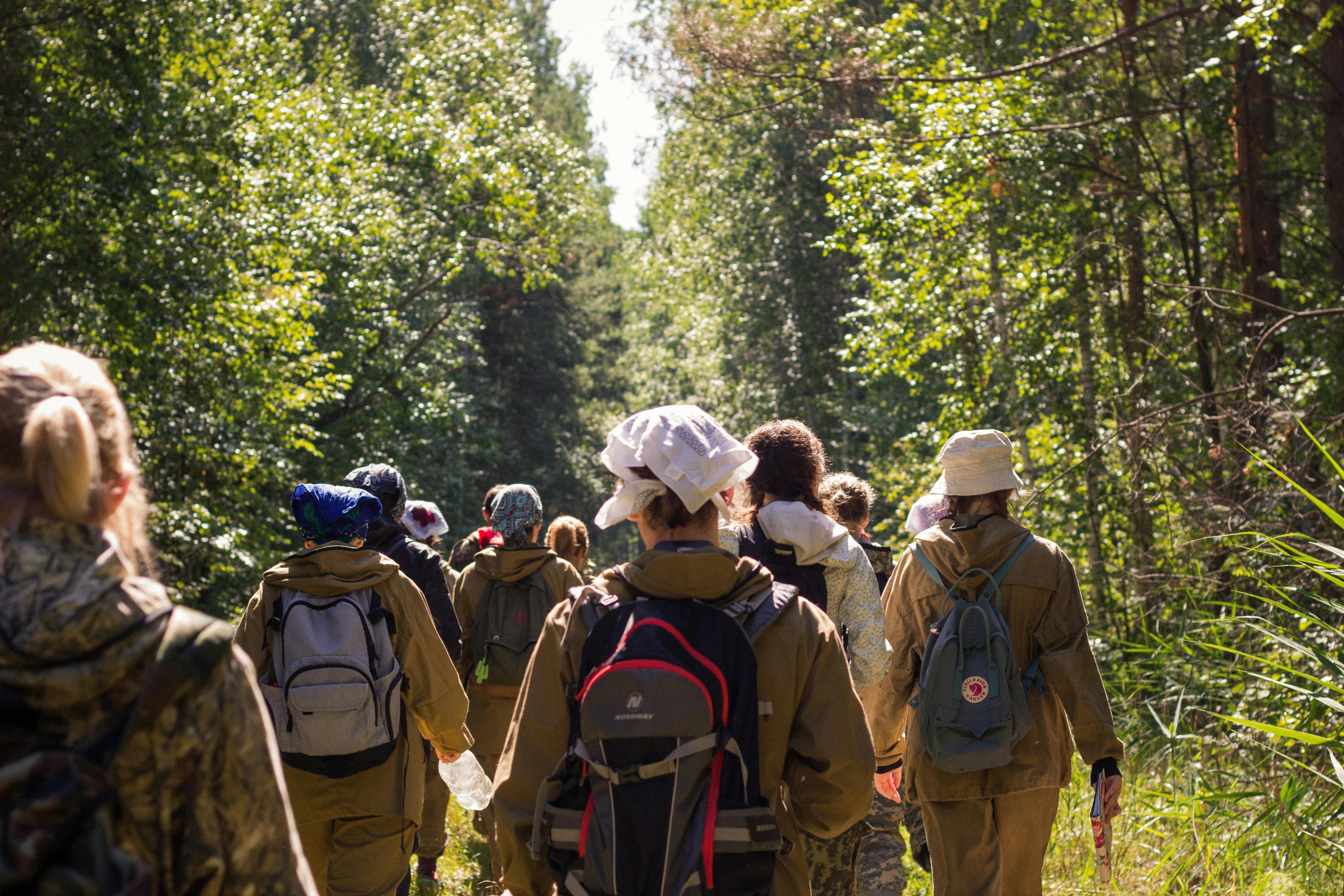
6 Practical Ways to Join Local Environmental Action Teams
People who join groups dedicated to caring for parks, rivers, or city gardens often create a positive impact in their neighborhoods. Volunteers roll up their sleeves to dig garden beds, organize cleanups, and plant trees native to the area. They share gardening tips, exchange ideas with neighbors, and watch as their efforts add new life and green spaces to the community. As you get involved, you build lasting connections and learn practical skills that help the environment flourish. This guide offers six simple and effective ways to get involved with local environmental action teams and start making a difference close to home.
Advertisement
You’ll learn how to find active groups, weigh their focus areas, introduce yourself, dive into hands-on activities, share your talents and stay involved for the long haul. Practical tips and real-world examples show how you can play a meaningful role right where you live.
Find Local Environmental Action Teams
Begin by focusing on teams that already work on conservation or cleanup efforts in your area. Search community boards, online forums and local event listings to spot groups that match your passion, whether you’re interested in river restoration, native plant propagation or neighborhood recycling drives.
- Community centers or libraries often post flyers about neighborhood cleanups and tree-planting days.
- Social media platforms like Facebook or Nextdoor feature local groups dedicated to environmental activities.
- Municipal websites and bulletin boards list volunteer opportunities led by parks departments or watershed alliances.
- University or college sustainability clubs sometimes open their events to the broader public.
Make a list of five to ten active teams in your town. Note their main goals, such as reducing plastic waste or restoring pollinator habitats. This initial survey gives you a snapshot of where your energy can make the biggest impact.
Research and Assess Opportunities
Not all groups fit your schedule or long-term goals. Compare factors like meeting frequency, training requirements and project scope. This step helps you avoid committing to a team whose calendar conflicts with work, family or weekend routines.
- Mission Focus: Does the group focus on water quality testing, community gardening or wildlife monitoring?
- Meeting Schedule: Do sessions happen weekly, monthly or only on weekends for specific projects?
- Time Commitment: Do they expect two hours a month or ten hours a week?
- Skill Level: Will you get hands-on guidance, or do they require prior certifications?
- Group Size: Does the team operate small crews of five to ten people or large events with dozens of volunteers?
Rate each team based on how well it fits your available hours and interests. For example, a restoration group that meets every Saturday morning might suit someone who enjoys early outdoor work, while a planning committee meeting in the evening could fit a nine-to-five schedule.
Reach Out and Connect
Once you select a couple of top contenders, introduce yourself with a friendly message. Briefly explain your interest and what you hope to contribute. Clear communication builds goodwill from the start.
- Email: Send a concise note using a template that includes your background, reasons for joining and availability.
- Phone Call: Prepare a quick script that mentions where you found the team, your relevant skills and a question about next steps.
- Social Media: Send direct messages to group admins on Instagram or Facebook with a short greeting and enthusiasm for upcoming events.
- In-Person Visit: Drop by a community center office or park ranger station and ask for volunteer coordinators you can meet.
Follow up within a week if you don’t hear back. A gentle reminder shows your genuine interest without overwhelming their inbox.
Attend Meetings and Events
Your first in-person meetup provides a snapshot of group culture and how they work. Arrive a bit early to introduce yourself, ask questions, and learn how team members organize supplies and assign roles.
Keep an open mind during events. You might expect to collect trash but end up helping with social media promotion or data entry. Embrace these varied tasks—they help the group run smoothly and give you insight into more specialized roles.
Contribute Skills and Take on Roles
Every environmental team needs a variety of talents. You could contribute photography skills to document plantings, web design expertise for event pages, or accounting know-how to track donations. Match your unique strengths with what the team needs.
Ask coordinators which tasks often go unfilled. Taking on a behind-the-scenes assignment builds trust and can lead to leadership opportunities. For example, volunteering as a project photographer might evolve into coordinating media coverage for bigger cleanups.
Maintain Long-Term Engagement
Being consistent strengthens relationships and increases your impact. Block out regular volunteer slots in your calendar and share your commitments with friends or family so they support your schedule.
Keep the team energized by suggesting new ideas—such as neighborhood recycling challenges, native plant workshops or kayak river surveys. When you pitch fresh events, you show dedication and help the group attract new members.
Don’t forget to celebrate milestones. Recognize achievements like planting the 100th tree or reducing community litter by hosting small appreciation gatherings or sharing success stories online. A little recognition motivates everyone to stay involved.
Begin your first green project by checking local notices and reaching out with an introduction. Your community’s next environmental success starts with you.
Advertisement